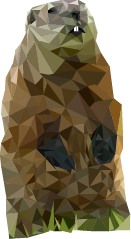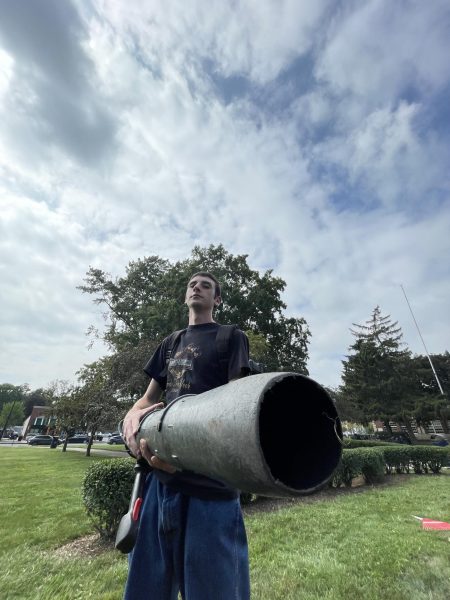Legend has it that if the groundhog sees his shadow, people can expect six more weeks of winter, and if the groundhog does not see his shadow, spring will arrive early. As this event unfolds every year, many question as to how this occurrence has started.
Each year on Feb. 2, people await for a groundhog to tell people whether there will be more winter or if spring will arrive soon.During the Middle Ages, there arose the belief that animals such as the badger and the bear interrupted their hibernation to appear on this day, according to Encyclopedia Britannica.
Unlike people from the Middle Ages, Ella Schervish ‘26 said she seriously questions Groundhog day and whether it is really accurate or not to tell what the season is going to be.
“No, I don’t believe in Groundhog Day,” Schervish said. “Groundhog Day is another superstition about the change in the seasons and doesn’t represent spring coming early or having an extended six-week winter.”
Although some do not believe in the lore of Groundhog Day and its prediction of the weather, others like Chad Evans ’25 do believe in the Punxsutawney Phil and rely on what the Groundhog’s next move is..
“I do believe in Groundhog Day, but mostly because it’s kind of funny and I don’t know how it started,” Evans said. “I like the idea of when a groundhog sees his shadow he gets scared and (there being) six more weeks of winter.”
Although some do not believe in the Groundhog Day myth, others remember traditions in the past that they remeber as kids. Schervish noted this from when she was younger, she remembers looking forward to Groundhog day.
“One of my favorite Groundhog Day memories is watching the news with my parents when I was younger and being so excited spring was coming early that year,” Schervish said.













































































